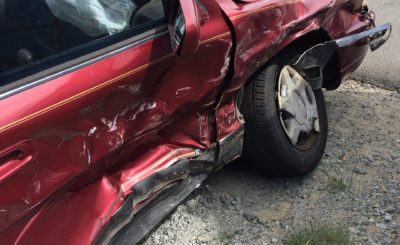If someone else caused a car accident that left you hurt they are liable to you for damages. This is especially true if you have hospital bills or vehicle repairs. Compensation damages may also be available to you for your pain and suffering. The total amount of pain and suffering damages (finances) you can recover depend on your state, where the accident happens, and any additional facts surrounding that accident.
Different Kinds of Damages
The damages that arise in many states from tend to be separated in two different categories.
- Special Damages
- General Damages
Special damages = Harm that is generally economic in nature such as
- Lost wages from missing work
- Damages to you (“whip” that’s what kids call cars nowadays)
- Medical expenses
General damages = Non-economic damages
- Pain and suffering (Emotional Distress)
- Mental anguish
- Physical disfigurement or impairment
- Loss of reputation
- Loss of companionship
- Loss of enjoyment of life
- Potentially shortened lifespan
Calculating Pain and Suffering Damages
In comparison to other calculations such as those done on a car after an accident, pain and suffering, by comparison, is at times difficult to find a calculation to. If you went to the dictionary and looked up highly subjective you might find pain and suffering. Two identical injuries for example may be different for two different people.
Nevertheless, there are a number of elements that go into a pain and suffering calculation including:
- Location and nature of any scarring or disfigurement
- Severity of the injury
- Recovery time needed
- Potential for ongoing consequences
- Socio-economic factors
- Honesty and Truthfulness of the injured party
- State damages caps
The ‘Multiplier’ Method
Some attorneys use the multiplier method to inform their clients how much they can expect to receive from the at fault party. A multiplier is used to find gross special damages. There are however two critiques to the multiplier method.
- Arbitrary multipliers – Your counsel may use a different multiplier than another. For instance, one attorney may triple the special damages, while the other attorney may have another method. Neither method is wrong, the variation however may can end up creating different outcomes.
- Potentially misleading results – A pop star who breaks their signature nose from being run over by a vehicle while they are riding their bike, for example, may have lower hospital fees than a every day worker in the construction field who broke a their nose in a similar accident. However, the pop stars injury, might cause more emotional distress. This is because the pop start likely relies on their physical appearance for income.
Therefore, the multiplier method is an imperfect means of identifying pain and suffering damages. Most counsels tend to use this method. To give them the best chance of accurately calculating your pain and suffering damages, you should record everything that has accord to you since the accident. Keep a daily journal and save any receipts, evidence of lost hours and wages, and additional issues you have suffered as a result of the accident.






